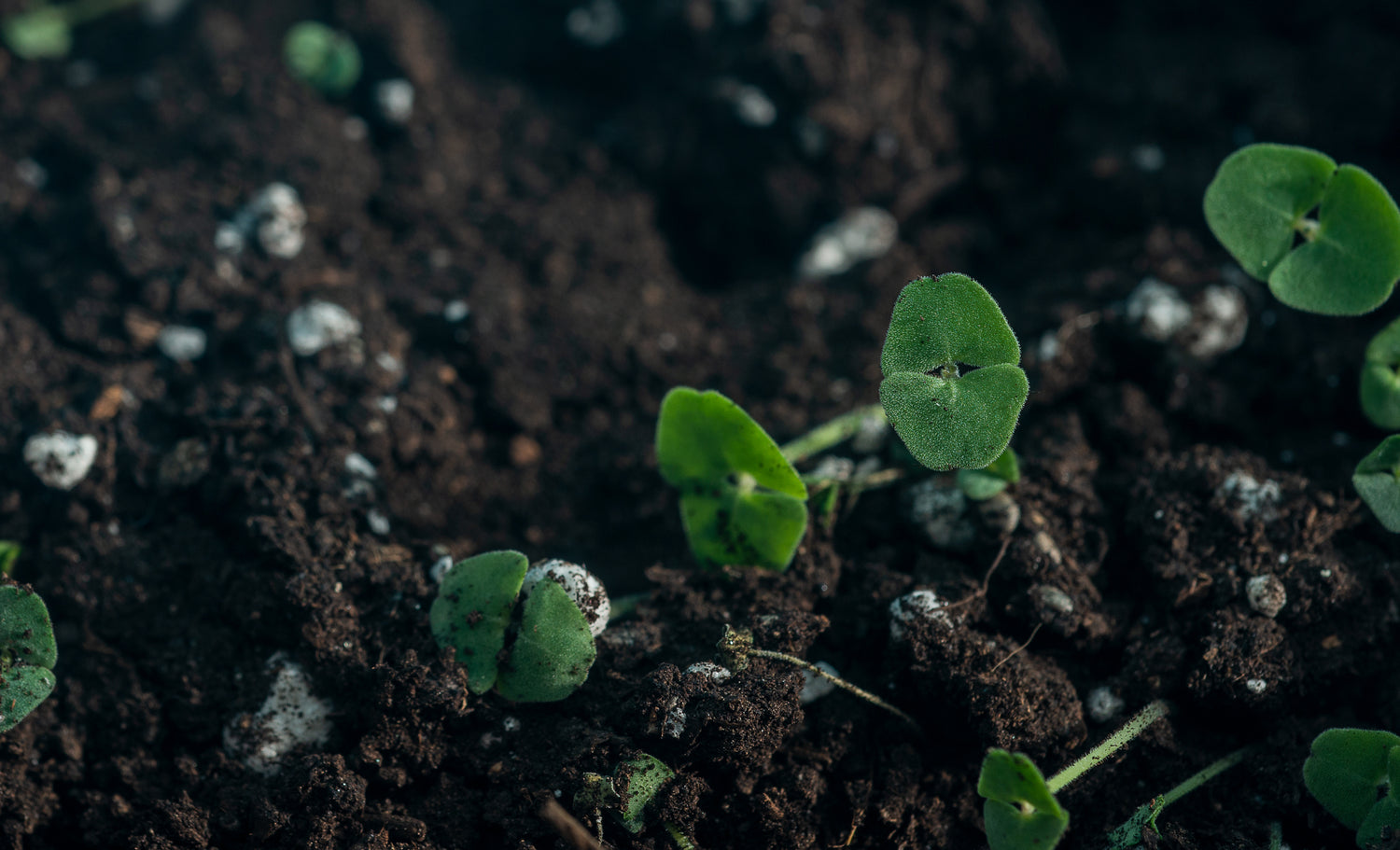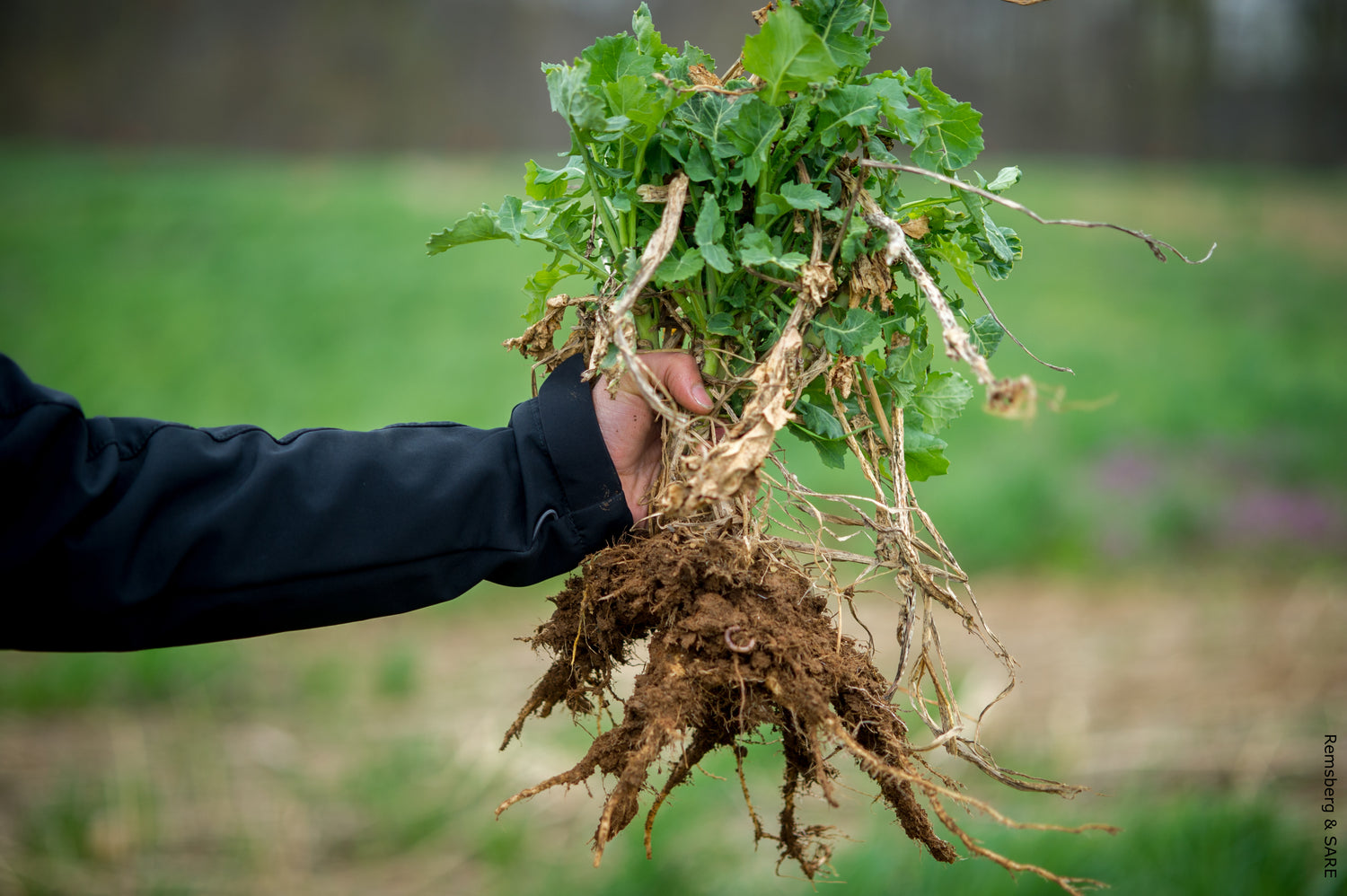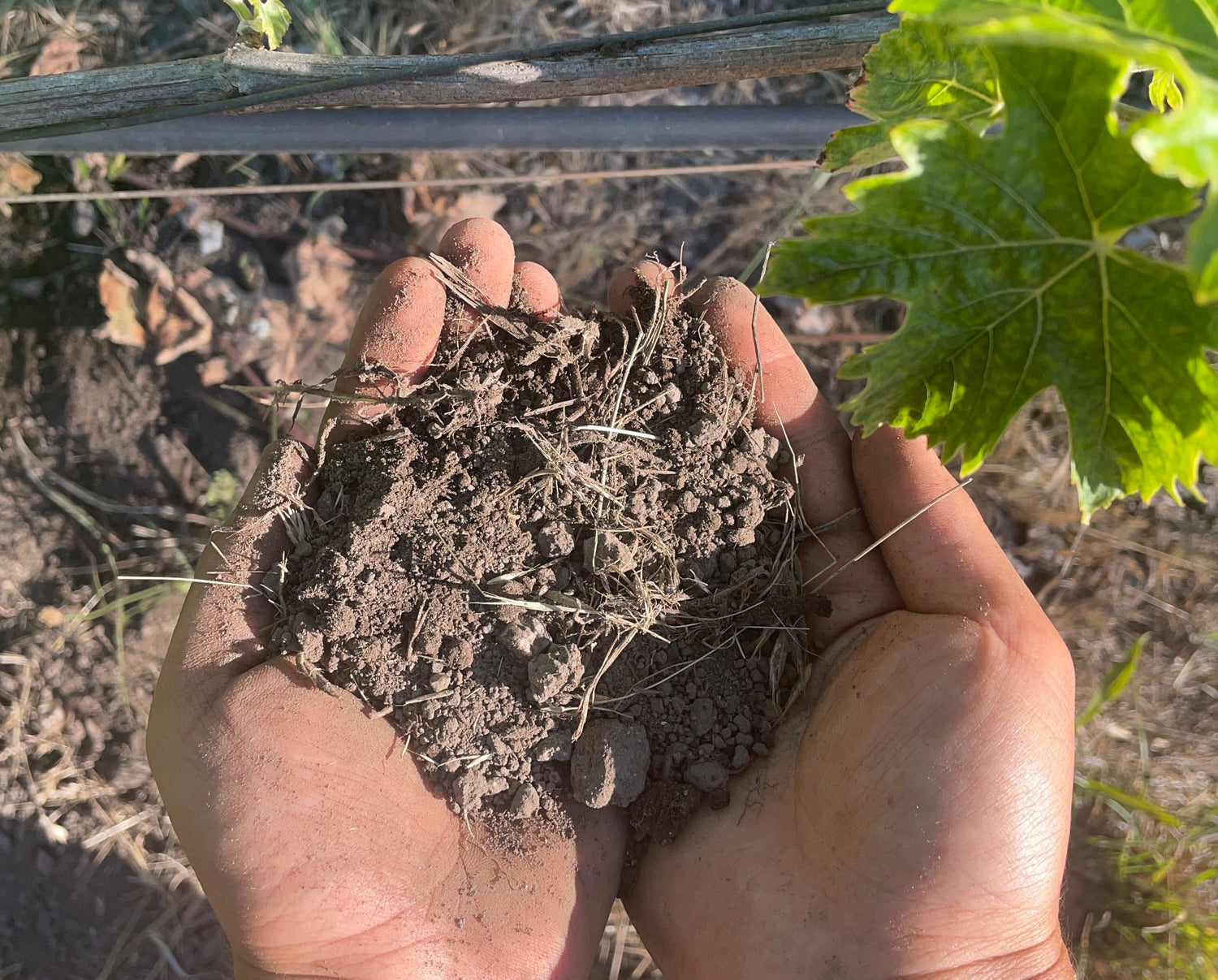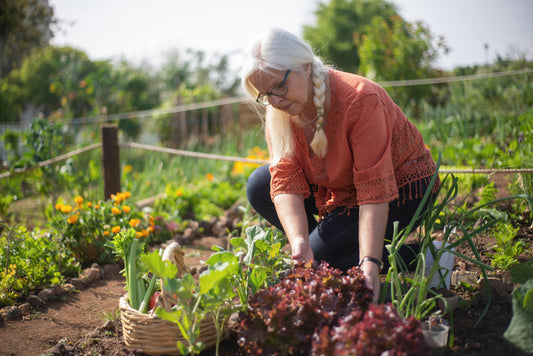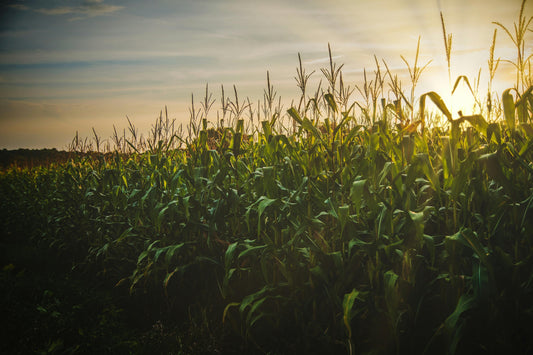Seattle's soil diversity reflects the region's complex geological history, from glacial deposits to volcanic ash influences. Understanding your local soil type is essential for successful gardening, landscaping, and urban agriculture in the Pacific Northwest.
Seattle Soil Types: Complete Guide to Urban and Agricultural Soils
Seattle's soils tell the story of glacial activity, volcanic eruptions, and human development. Located in the Puget Sound region, the area's soils are primarily shaped by the Vashon Glaciation and ongoing urban development. This guide explores the major soil types found throughout Seattle and King County, based on data from the USDA Natural Resources Conservation Service and Washington State University Extension.
Understanding Seattle's Geological Foundation
Seattle's soil diversity stems from its location in the Puget Sound lowlands, where the Natural Resources Conservation Service recognizes soil health as soil managed to its maximum potential through conservation practices. The region's soils formed from glacial deposits left by the Vashon ice sheet approximately 15,000 years ago, combined with volcanic ash from Cascade Range eruptions and marine sediments from the Puget Sound.
The maritime climate, with annual rainfall of 35-40 inches and moderate temperatures, creates ideal conditions for soil development and organic matter accumulation. These conditions support the region's famous evergreen forests and productive agricultural areas.
Major Soil Types in Seattle
Based on USDA soil survey data, Seattle area soils can be categorized into several major types, each with distinct characteristics and management needs.
Glacial Till Soils
The most widespread soils in the Seattle area, glacial till soils formed from unsorted glacial deposits. These soils typically contain a mixture of clay, silt, sand, and gravel, creating variable drainage conditions. They're commonly found in areas like Discovery Park and throughout the city's hillsides.
Characteristics: Dense subsoil, variable drainage, moderate fertility
Best for: Native conifers, rhododendrons, and other acid-loving plants
Management tip: Improve drainage with organic matter and avoid compaction
Alluvial Soils
Found in river valleys and floodplains, particularly along the Duwamish River and Green River valleys. These soils developed from sediments deposited by flowing water and tend to be more fertile than glacial till soils.
Characteristics: Well-layered, good drainage, high fertility
Best for: Vegetables, fruit trees, and agricultural crops
Management tip: These soils benefit from regular organic matter additions
Urban Soils
Washington State University's research describes urban soil pedogenesis in terms of horizonization, structure, and carbon depth profile. These human-modified soils are found throughout Seattle's developed areas and can vary dramatically in their properties.
Characteristics: Highly variable, often compacted, may contain fill material
Best for: Container gardens, raised beds, adapted landscaping
Management tip: Test for contaminants before edible plantings
Organic Soils (Peat)
Found in wetland areas and former lake beds, these soils are rich in organic matter. They occur in limited areas around Seattle, particularly in wetland restoration sites.
Characteristics: High organic matter, acidic, seasonal wetness
Best for: Wetland plants, bog gardens, specialized horticulture
Management tip: Preserve natural hydrology to maintain soil health
Soil Testing and Analysis
King Conservation District offers soil nutrient testing services to all residents within district boundaries, covering 34 cities and all of unincorporated King County. Professional soil testing provides essential information about pH, nutrient levels, and organic matter content.
What to Test For
- pH levels: Most Seattle soils are naturally acidic (pH 5.5-6.5)
- Nutrient content: Nitrogen, phosphorus, potassium levels
- Organic matter: Indicates soil biological activity
- Heavy metals: Important for urban soils, especially for food production
Where to Get Soil Tests
- King Conservation District: Nutrient testing for residents
- Washington State University Extension: Comprehensive soil analysis
- Commercial labs: Specialized testing including contaminant screening
Sustainable Soil Management Practices
Washington State University's soil management research focuses on improving soil quality and organic farming management practices. Sustainable practices help maintain soil health while supporting productive gardens and landscapes.
Key Practices for Seattle Soils
- Organic matter addition: Compost, leaf mold, and other organic materials improve soil structure
- Cover cropping: Protect and improve soil during off-seasons
- Minimal tillage: Preserve soil structure and biological activity
- Proper drainage: Address compaction and waterlogging issues
- pH management: Lime application where needed for optimal plant growth
Urban Soil Challenges and Solutions
Seattle's urban environment creates unique soil challenges that require specialized management approaches. Understanding these challenges helps gardeners and landscapers make informed decisions.
Common Urban Soil Issues
- Compaction: From foot traffic and construction equipment
- Contamination: Potential heavy metals or chemical residues
- Poor drainage: Altered natural water flow patterns
- Limited depth: Shallow soil over hardpan or fill material
Solutions for Urban Gardening
- Raised beds: Control soil quality and drainage
- Container gardening: Suitable for contaminated sites
- Soil amendments: Improve existing soil gradually
- Professional remediation: For severely contaminated sites
Climate Considerations for Soil Health
Seattle's maritime climate influences soil behavior throughout the year. Understanding seasonal patterns helps optimize soil management timing and practices.
Seasonal Soil Management
- Winter: Protect soil from erosion, plan improvements
- Spring: Ideal time for soil amendments and planting
- Summer: Monitor moisture, mulch to retain water
- Fall: Cover crop establishment, organic matter addition
Frequently Asked Questions
What are the main soil types in Seattle?
Seattle's main soil types include glacial till soils, alluvial soils, urban soils, peat soils, and volcanic ash-influenced soils. Each type has unique characteristics based on the region's glacial history and urban development.
How do I test my soil in Seattle?
Seattle residents can test soil through King Conservation District's nutrient testing service, Washington State University Extension, or commercial labs. Basic tests measure pH, nutrients, and organic matter content.
What plants grow best in Seattle soils?
Seattle's diverse soils support different plants: glacial till soils work well for native conifers and shrubs, while amended urban soils support vegetables and ornamentals. Choose plants suited to your specific soil type and drainage conditions.
How can I improve my Seattle garden soil?
Add organic matter like compost, address drainage issues, test and adjust pH if needed, and choose appropriate plants for your soil type. Avoid working wet clay soils to prevent compaction.
Sources
- USDA Natural Resources Conservation Service. Washington Soils. https://www.nrcs.usda.gov/conservation-basics/conservation-by-state/washington/washington-soils
- Washington State University. Soil Management Research. https://puyallup.wsu.edu/soils/
- King Conservation District. Healthy Soil Programs. https://kingcd.org/programs/better-soils/healthy-soil/
- Washington State University. Urban Underground: Agroecological Functions of Soils in the City. https://metroextension.wsu.edu/soils-in-the-city/
- Washington Soil Health Initiative. https://washingtonsoilhealthinitiative.com/
- USDA Web Soil Survey. https://websoilsurvey.nrcs.usda.gov/app/







